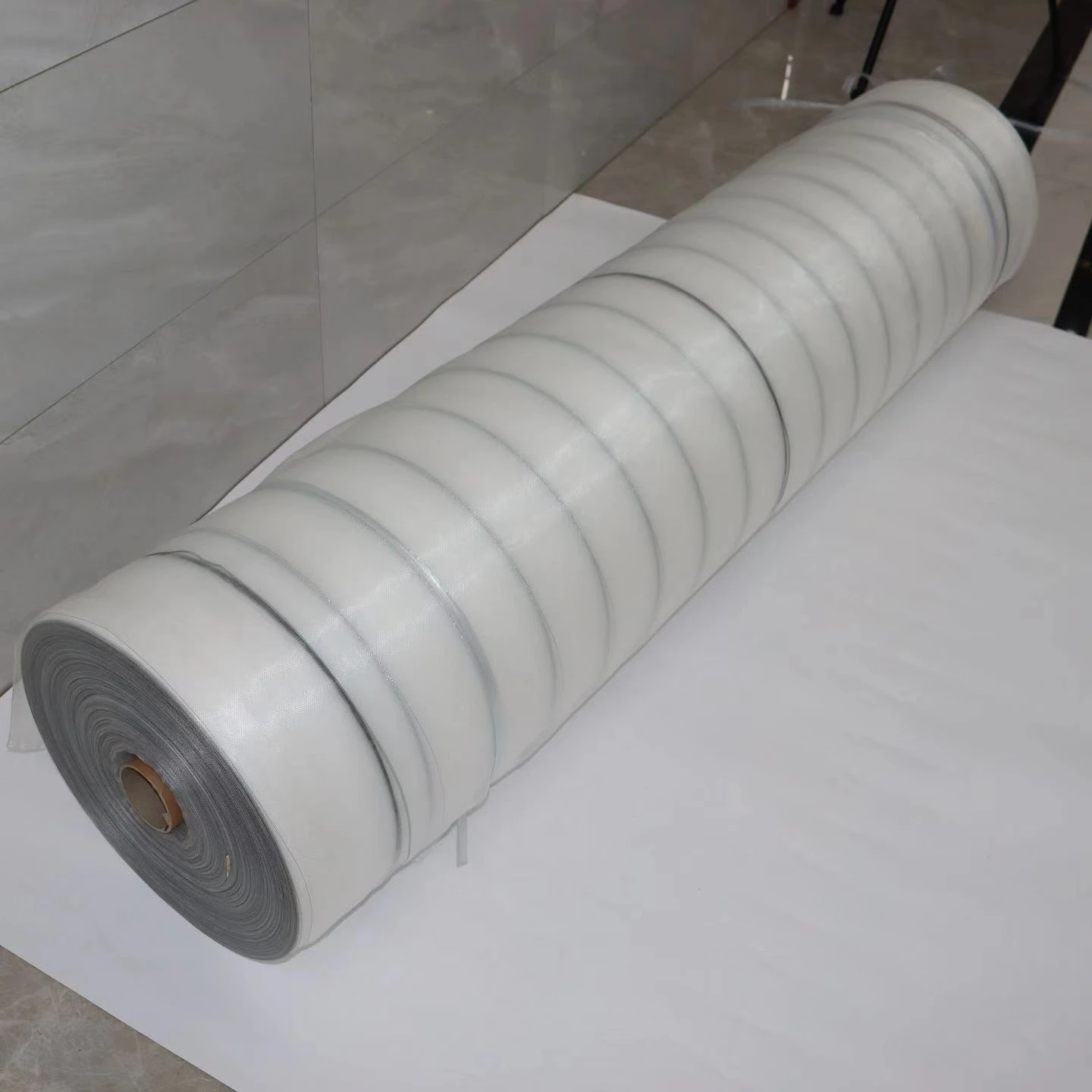-
 Afrikaans
Afrikaans -
 Albanian
Albanian -
 Amharic
Amharic -
 Arabic
Arabic -
 Armenian
Armenian -
 Azerbaijani
Azerbaijani -
 Basque
Basque -
 Belarusian
Belarusian -
 Bengali
Bengali -
 Bosnian
Bosnian -
 Bulgarian
Bulgarian -
 Catalan
Catalan -
 Cebuano
Cebuano -
 China
China -
 Corsican
Corsican -
 Croatian
Croatian -
 Czech
Czech -
 Danish
Danish -
 Dutch
Dutch -
 English
English -
 Esperanto
Esperanto -
 Estonian
Estonian -
 Finnish
Finnish -
 French
French -
 Frisian
Frisian -
 Galician
Galician -
 Georgian
Georgian -
 German
German -
 Greek
Greek -
 Gujarati
Gujarati -
 Haitian Creole
Haitian Creole -
 hausa
hausa -
 hawaiian
hawaiian -
 Hebrew
Hebrew -
 Hindi
Hindi -
 Miao
Miao -
 Hungarian
Hungarian -
 Icelandic
Icelandic -
 igbo
igbo -
 Indonesian
Indonesian -
 irish
irish -
 Italian
Italian -
 Japanese
Japanese -
 Javanese
Javanese -
 Kannada
Kannada -
 kazakh
kazakh -
 Khmer
Khmer -
 Rwandese
Rwandese -
 Korean
Korean -
 Kurdish
Kurdish -
 Kyrgyz
Kyrgyz -
 Lao
Lao -
 Latin
Latin -
 Latvian
Latvian -
 Lithuanian
Lithuanian -
 Luxembourgish
Luxembourgish -
 Macedonian
Macedonian -
 Malgashi
Malgashi -
 Malay
Malay -
 Malayalam
Malayalam -
 Maltese
Maltese -
 Maori
Maori -
 Marathi
Marathi -
 Mongolian
Mongolian -
 Myanmar
Myanmar -
 Nepali
Nepali -
 Norwegian
Norwegian -
 Norwegian
Norwegian -
 Occitan
Occitan -
 Pashto
Pashto -
 Persian
Persian -
 Polish
Polish -
 Portuguese
Portuguese -
 Punjabi
Punjabi -
 Romanian
Romanian -
 Russian
Russian -
 Samoan
Samoan -
 Scottish Gaelic
Scottish Gaelic -
 Serbian
Serbian -
 Sesotho
Sesotho -
 Shona
Shona -
 Sindhi
Sindhi -
 Sinhala
Sinhala -
 Slovak
Slovak -
 Slovenian
Slovenian -
 Somali
Somali -
 Spanish
Spanish -
 Sundanese
Sundanese -
 Swahili
Swahili -
 Swedish
Swedish -
 Tagalog
Tagalog -
 Tajik
Tajik -
 Tamil
Tamil -
 Tatar
Tatar -
 Telugu
Telugu -
 Thai
Thai -
 Turkish
Turkish -
 Turkmen
Turkmen -
 Ukrainian
Ukrainian -
 Urdu
Urdu -
 Uighur
Uighur -
 Uzbek
Uzbek -
 Vietnamese
Vietnamese -
 Welsh
Welsh -
 Bantu
Bantu -
 Yiddish
Yiddish -
 Yoruba
Yoruba -
 Zulu
Zulu
safety mesh netting
The Importance of Safety Mesh Netting in Modern Environments
In today's world, safety is paramount, whether in construction sites, sporting events, or even residential areas. One crucial element that has garnered attention in recent years is safety mesh netting. This versatile solution serves various functions, primarily centered around safety, protection, and containment. Understanding its applications, benefits, and importance can help individuals and organizations prioritize safety in their respective fields.
What is Safety Mesh Netting?
Safety mesh netting is a form of barrier technology consisting of woven or knitted materials designed to prevent objects from falling, restrict access to dangerous areas, and contain activities. Typically made from high-density polyethylene (HDPE) or polypropylene, this netting is lightweight, durable, and resistant to weather elements and UV radiation. The mesh's design allows for aeration and visibility, making it an ideal choice for various applications.
Applications of Safety Mesh Netting
1. Construction Sites One of the most common uses for safety mesh netting is in the construction industry. It effectively screens off hazardous zones, preventing falling debris from injuring bystanders or workers. Safety nets are also utilized to catch heavy equipment or tools that might accidentally drop, significantly enhancing overall site safety.
2. Sports Facilities In sports arenas, mesh netting is installed around playing fields to keep the ball within the area, protecting spectators from unexpected incidents. For example, in baseball and soccer stadiums, netting serves to create a buffer zone between players and the audience, ensuring that a foul ball or errant kick doesn't result in injury.
3. Animal Husbandry Farmers and ranchers often use safety mesh netting to secure livestock and poultry from potential predators or escape. This netting can also enclose areas for free-range animals, protecting them while allowing them to graze openly.
safety mesh netting

4. Residential Use Homeowners are increasingly installing safety mesh netting around swimming pools, balconies, and gardens to protect children and pets from accidents. This added layer of security helps create safer outdoor environments for families.
Benefits of Safety Mesh Netting
1. Enhanced Safety The primary benefit of safety mesh netting is its role in accident prevention. By creating barriers around hazardous areas, it mitigates the risk associated with falls, flying objects, and unauthorized access.
2. Durability Made from quality materials, safety netting is designed to withstand the rigors of various environments. It can endure extreme weather conditions, making it suitable for both indoor and outdoor applications.
3. Cost-Effective Solution Compared to other safety measures, mesh netting is relatively inexpensive. Its installation can save organizations and individuals from costly injuries or damage payouts linked to safety violations.
4. Versatility The wide range of applications for safety mesh netting—from industrial uses to everyday home needs—makes it a flexible solution for various safety requirements. Customizable options are available to fit specific dimensions and needs.
Conclusion
Safety mesh netting plays a vital role in protecting individuals and property in numerous environments. Its lightweight, durable nature allows it to serve diverse applications—from construction sites to residential areas—making it an essential component in contemporary safety practices. As safety continues to be a priority across sectors, incorporating mesh netting into safety protocols can significantly reduce the risk of accidents and injuries. In a world where unforeseen circumstances can arise, the peace of mind provided by safety measures such as mesh netting cannot be overstated. Investing in this cost-effective and versatile solution will ultimately lead to safer environments for everyone.
-
Shipping Plastic Bags for Every NeedNewsJul.24,2025
-
Safety Netting: Your Shield in ConstructionNewsJul.24,2025
-
Plastic Mesh Netting for Everyday UseNewsJul.24,2025
-
Nylon Netting for Every UseNewsJul.24,2025
-
Mesh Breeder Box for Fish TanksNewsJul.24,2025
-
Expanded Steel Mesh Offers Durable VersatilityNewsJul.24,2025











